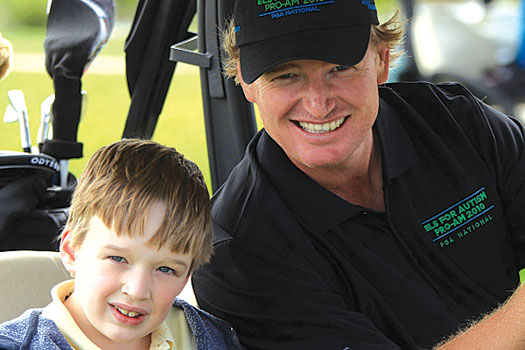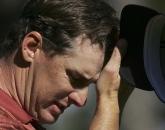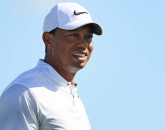
It was Johann Rupert, the South African golfing philanthropist and founder of Richemont, the luxury goods group, who introduced him to Sherylle Calder, an expert in the field of "visual performance skills". Calder, who believes that negative thinking is rooted in visual skills, was soon introducing Els to her famous "Eye Gym" system, which she has used to great effect with the New Zealand All Blacks and Australia’s cricketers and their umpires.
Calder is rightly protective of what she teaches but the kind of exercises which feature in any hand-eye co-ordination work-out are apt to include racquet sports, table tennis, visualising what piece needs to go where in a jigsaw – and even a regular stint of embroidery.
Els began to see results with his ninth place finish at the US Open, while he was back to his confident best down the stretch at Lytham.
Away from feeling the benefits of Calder’s work, he was inspired beyond belief by thoughts of his autistic son, Ben.
Ben, whose condition has prompted Els and his wife, Liezl, to raise funds for an all-purpose, US$20 million autism centre in Florida, kept thinking of how thrilled the boy would have been as he holed one putt after another on what would be a homeward half of just 32 strokes. "Ben," he explained that evening, "likes the flight of the ball and the sound. He would have been getting very excited and I wanted to make him really excited."
He suspected that most successful long-putter users had similar stories up their sleeves, all of which could have contributed to a better-rounded debate on the long-putter.
"It’s entirely fair," continued the Champion Golfer of 2012, "for the R&A and the USGA to say that it is easier to groove your stroke with a long putter. But it definitely doesn’t, as they appear to think, take nerves out of the equation.
"I can assure you that there isn’t a long putter person alive who sees a three-footer as a done deal."
Pages
Click here to see the published article.











